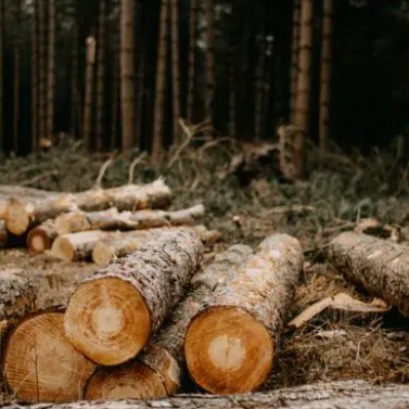
This is the wood that will conquer your home: beauty, resistance and sustainability in a single material
Acacia wood is valued by its durability, natural beauty, easy maintenance and sustainability, which makes it an ideal choice for furniture and decoration, both interior and exterior.
At present, Acacia wood has gained enormous popularity in the world of decoration. Its qualities not only highlight it for its beauty, but also for its functionality and versatility. This wood, originally from different regions of the world, has managed to conquer designers and owners of households seeking a perfect balance between aesthetic and practical. But what makes this wood so special? We discover in detail its characteristics and reasons to include it in any decorative project. Durability and natural resistance of the main reasons why acacia wood is so popular is its extraordinary durability. Originally from Africa and some parts of Asia and Australia, Acacia is a dense and resistant wood that supports daily wear better than other woods. It has a higher hardness that makes it ideal for furniture and surfaces that will be exposed to constant use, such as dining tables, countertops or soils. In addition, acacia is highly resistant to pests and moisture. Unlike other softer woods that are easily deform or crack Acacia is another characteristic that makes it so popular. Its marked veins and color variations, ranging from light and golden tones to darker brown, provide a warm and natural appearance that adds character to any space. This set of shades allows acacia wood to be a very versatile choice, adaptable to rustic and modern styles. In decoration, acacia is used in a wide variety of furniture and objects, from tables and chairs to cabinets, shelves and even decorative accessories such as frames and lamps. Its versatility is made an excellent option to combine with other materials such as metal or glass, providing a balance between the natural and industrial, the modern and the traditional.
IT MAY INTEREST YOU
 National, regional and sectoral authorities participated in the opening ceremony of ExpoFerretera 2�25
National, regional and sectoral authorities participated in the opening ceremony of ExpoFerretera 2�25
Buenos Aires, October 2�25 – At the opening ceremony they coincided representatives of the entire hardware value chain. There, the main Sector leaders ratified the strategic role that the spaces of meeting and networking. Furthermore, the second day of the event passed with an agenda full of activities.
 Unprecedented Forest Crisis: with 8.1 million hectares destroyed, the goal of zero deforestation is in danger
Unprecedented Forest Crisis: with 8.1 million hectares destroyed, the goal of zero deforestation is in danger
A new report warns that the planet is experiencing an unprecedented forest crisis. In 2�24, forests suffered large-scale destruction with a permanent loss of almost 8.1 million hectares worldwide.
 Renovations, construction of houses and extensions made of wood gain speed, comfort and efficiency in the country
Renovations, construction of houses and extensions made of wood gain speed, comfort and efficiency in the country
In private neighborhoods, the Coast, the Coast and Patagonia, the choice of homes with dry works is growing. Speed, low environmental impact and energy savings.





















